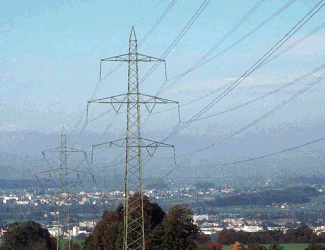For electricity in US, rising costs but service in decline
Mar 6, 2013

The price of electricity paid by Americans has increased in the last ten years, as utilities have passed the cost of system upgrades on to consumers, but those investments haven’t made the grid more reliable, according to a new study from the Associated Press and the consulting firms Ventyx and PA .
Though the cost of power itself has fallen in recent years, the AP found that customers in the US are spending 43 percent more on electricity than they did in 2002. This increase is a result of utilities passing the cost of new equipment on to rate payers—annual spending on local distribution equipment and maintenance has risen by twice the rate of inflation. In the same time period, the duration of power outages has ticked up, suggesting that the money raised by increasing prices on consumers hasn’t been spent wisely in a way that translates into a better, stronger electricity grid.
According to the study, which does not include power service disruptions from large catastrophic events like major hurricanes and blizzards, the incongruence between investment and return is a result of several factors. The grid is aging, and like all aging equipment the cost of maintaining current performance levels increases with time. Both large storms and day-to-day weather patterns have become more extreme, leading to added wear and tear on equipment. And finally, when equipment is upgraded, says the AP, it isn’t always replaced with the state of the art technology present in many other developed countries.
Beginning in the 1950s, the reliability of the American electrical grid increased steadily until leveling off in the 1990s. “Despite the higher levels of spending over the past decade,” says the AP in its report, “service is getting no better, and evidence is mounting that it may be getting worse.”
Read more financial news